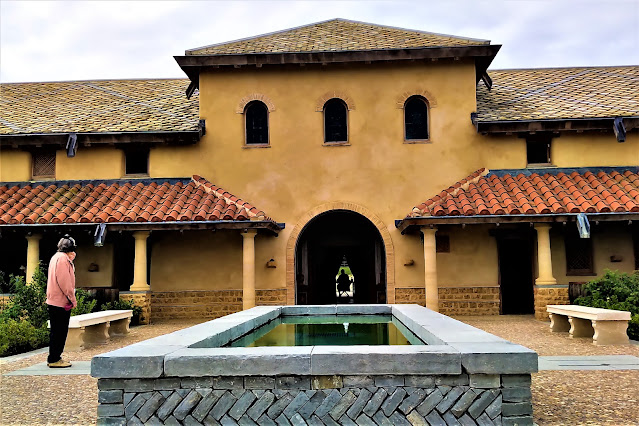Bewcastle Cross: A historic monument containing script in proto English
Video clip of the Bewcastle Cross.
Bewcastle is a hamlet located about twenty-five miles N.E. of Carlisle, just south of the border with Scotland.
The name Bewcastle means ‘Roman fort within which shelters or huts were situated’. It is a blend of Old Scandinavian buth and Old English caester.
The cross sits on a very historic site. The origins of a church here are opaque with first reference dating back to the 1200s. However, the church and nearby ruined 14th century castle both occupy positions in a former Roman fort being an outpost of the Hadrian’s Wall frontier which dates back to the 2nd century AD.
The cross may have been created during the reign (AD 670-685) of
Ecgrith, King of Northumbria.
The obelisk was originally about 20 feet
high. Unfortunately, the uppermost portion (head) is missing.
Inscriptions are in German runic alphabet which apparently refer to 7th
century Northumbrian royalty but the cross may actually date from the
8th century.
Details of the carved panels:
West Face: top-St John the Baptist carrying the Lamb of God;
middle-Christ standing on the heads of swine; bottom-a figure of a man
in a tunic carrying a spear, scroll or stick and lifting a large bird.
North face: Two panels of foliage and fruit, vine scroll of early Italian-Greek Christian art.
East face:One continuous vine-scroll with animals and birds.
South face: Three symmetrical interlacing panels and two panels of foliage. There is also a sundial attached like a large leaf.
A fascinating, tangible link with early England.
Addendum
Thirty miles to the west of Bewcastle can be found the Ruthwell Cross which is contemporary with that at Bewcastle. See this link for more information.



Comments
Post a Comment